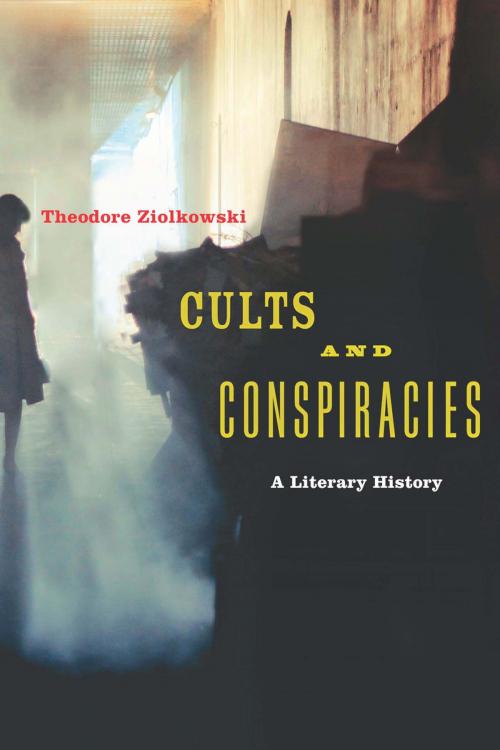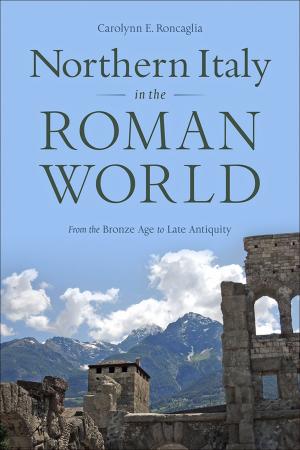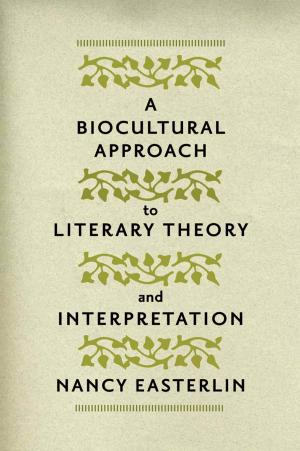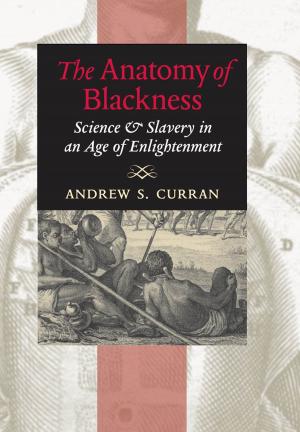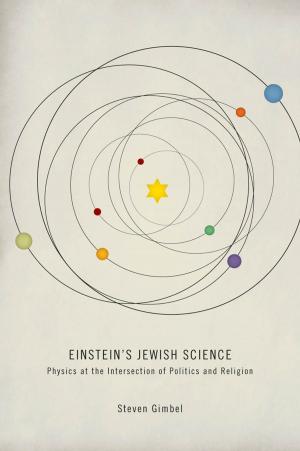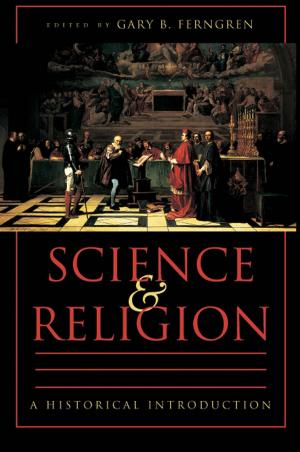Cults and Conspiracies
A Literary History
Fiction & Literature, Literary Theory & Criticism, Ancient & Classical, Theory, Nonfiction, History| Author: | Theodore Ziolkowski | ISBN: | 9781421422893 |
| Publisher: | Johns Hopkins University Press | Publication: | January 16, 2017 |
| Imprint: | Language: | English |
| Author: | Theodore Ziolkowski |
| ISBN: | 9781421422893 |
| Publisher: | Johns Hopkins University Press |
| Publication: | January 16, 2017 |
| Imprint: | |
| Language: | English |
Human beings have believed in conspiracies presumably as long as there have been groups of at least three people in which one was convinced that the other two were plotting against him or her. In that sense one might look back as far as Eve and the serpent to find the world’s first conspiracy. Whereas recent generations have tended to find their conspiracies in politics and government, the past often sought its mysteries in religious cults or associations. In ancient Rome, for example, the senate tried to prohibit the cult of Isis lest its euphoric excesses undermine public morality and political stability. And during the Middle Ages, many rulers feared such powerful and mysterious religious orders as the Knights Templar.
Fascination with the arcane is a driving force in this comprehensive survey of conspiracy fiction. Theodore Ziolkowski traces the evolution of cults, orders, lodges, secret societies, and conspiracies through various literary manifestations—drama, romance, epic, novel, opera—down to the thrillers of the twenty-first century. Arguing that the lure of the arcane throughout the ages has remained a constant factor of human fascination, Ziolkowski demonstrates that the content of conspiracy has shifted from religion by way of philosophy and social theory to politics. In the process, he reveals, the underlying mythic pattern was gradually co-opted for the subversive ends of conspiracy.
Cults and Conspiracies considers Euripides’s Bacchae, Andreae’s Chymical Wedding, Mozart’s The Magic Flute, and Eco’s Foucault’s Pendulum, among other seminal works. Mimicking the genre’s quest-driven narrative arc, the reader searches for the significance of conspiracy fiction and is rewarded with the author’s cogent reflections in the final chapter. After much investigation, Ziolkowski reinforces Umberto Eco’s notion that the most powerful secret, the magnetic center of conspiracy fiction, is in fact "a secret without content."
Human beings have believed in conspiracies presumably as long as there have been groups of at least three people in which one was convinced that the other two were plotting against him or her. In that sense one might look back as far as Eve and the serpent to find the world’s first conspiracy. Whereas recent generations have tended to find their conspiracies in politics and government, the past often sought its mysteries in religious cults or associations. In ancient Rome, for example, the senate tried to prohibit the cult of Isis lest its euphoric excesses undermine public morality and political stability. And during the Middle Ages, many rulers feared such powerful and mysterious religious orders as the Knights Templar.
Fascination with the arcane is a driving force in this comprehensive survey of conspiracy fiction. Theodore Ziolkowski traces the evolution of cults, orders, lodges, secret societies, and conspiracies through various literary manifestations—drama, romance, epic, novel, opera—down to the thrillers of the twenty-first century. Arguing that the lure of the arcane throughout the ages has remained a constant factor of human fascination, Ziolkowski demonstrates that the content of conspiracy has shifted from religion by way of philosophy and social theory to politics. In the process, he reveals, the underlying mythic pattern was gradually co-opted for the subversive ends of conspiracy.
Cults and Conspiracies considers Euripides’s Bacchae, Andreae’s Chymical Wedding, Mozart’s The Magic Flute, and Eco’s Foucault’s Pendulum, among other seminal works. Mimicking the genre’s quest-driven narrative arc, the reader searches for the significance of conspiracy fiction and is rewarded with the author’s cogent reflections in the final chapter. After much investigation, Ziolkowski reinforces Umberto Eco’s notion that the most powerful secret, the magnetic center of conspiracy fiction, is in fact "a secret without content."
